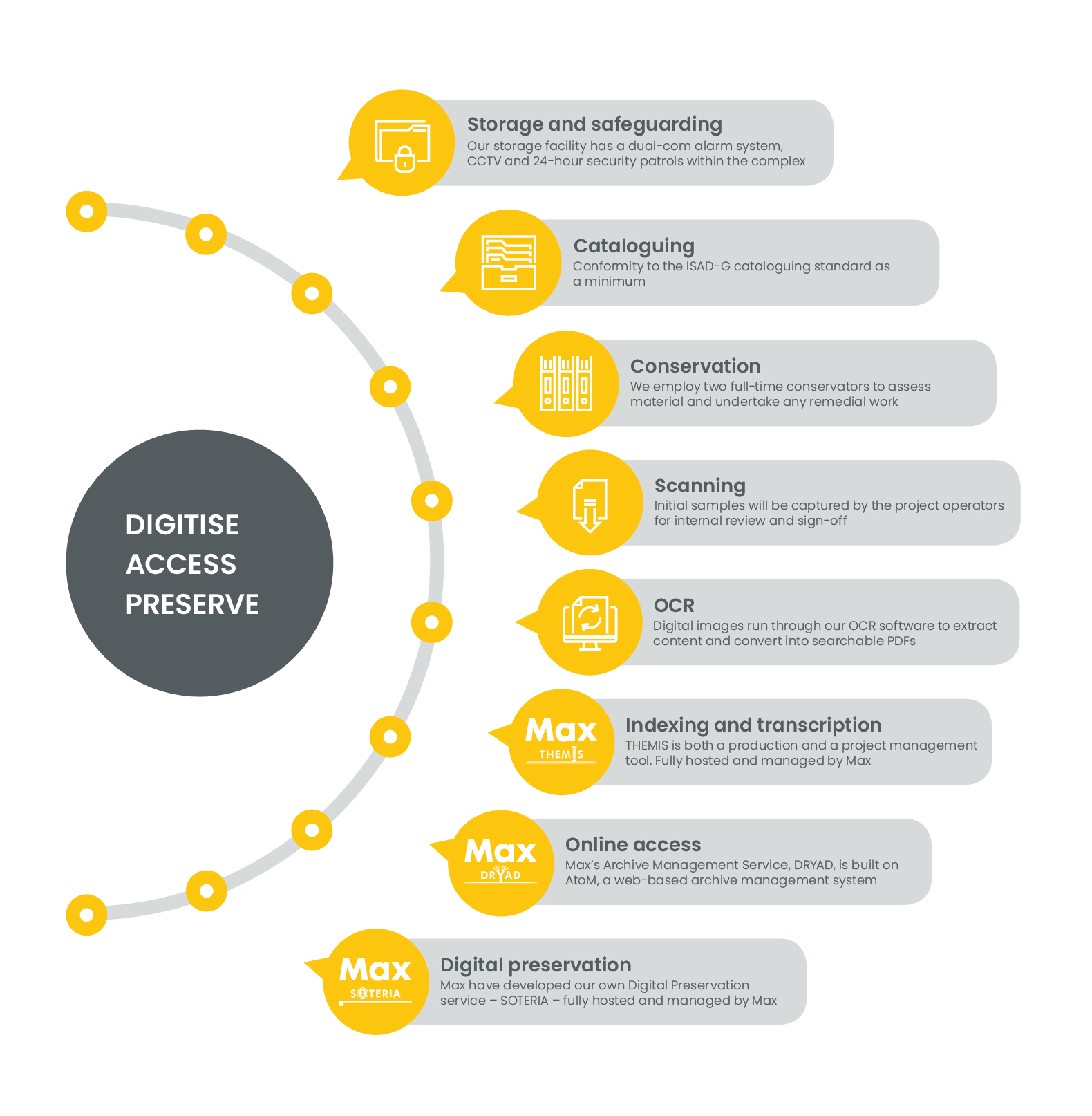Digital Archives: Why Digitisation?
There are three main reasons why physical archives digitise their collections to create a digital archive:
- Usability
- Access
- Preservation
Digital Archive Usability
Digitisation of a collection, thereby creating a digital archive, instantly renders the content more usable, especially if the OCR and transcription elements are included. Not only is it easier to search for the volumes or documents at item level, but the content contained within the items can be keyword queried across the entire collection. This allows anyone with access to the digitised folders to search for all instances where a particular word or words appear. To achieve the same outcome from the hard copy originals would require reading everything. Furthermore, having created what is in effect a database, the information can be combined with other data to form a larger composite database, often prompting more expansive research, which in turn leads to the curation of new and original content themes.
Easy Access to Digitised Materials in your Digital Archive
There is sometimes a misconception that making a digitised collection accessible online means opening it up to anyone and everyone. This is not necessarily the case. In fact most of our clients use DRYAD as a platform for improved internal access to the archival material rather than for external publishing. DRYAD is a browser-based service, created by Max Archive Services, a division of Max Communications, which, subject to user permissions, allows all the departments within an organisation to search for, and interact with, the digitised content from their own desks, either from the office or from home.
Preservation
By creating authentic digital copies an institution insulates itself from risk of damage to, or loss of, the originals through flood, fire, theft or natural degradation. In addition, having invested in the digitisation process it is essential that the digital images are themselves preserved against loss, damage and, in particular, file format obsolescence. Max Archive Services' Digital Preservation Software SOTERIA provides an open source, web-standards-based digital preservation solution and has been successfully utilised by a wide range of clients.
If you'd like to get in touch to find out more about our services please use the buttons below or call us on +44 (0)20 8309 5445





